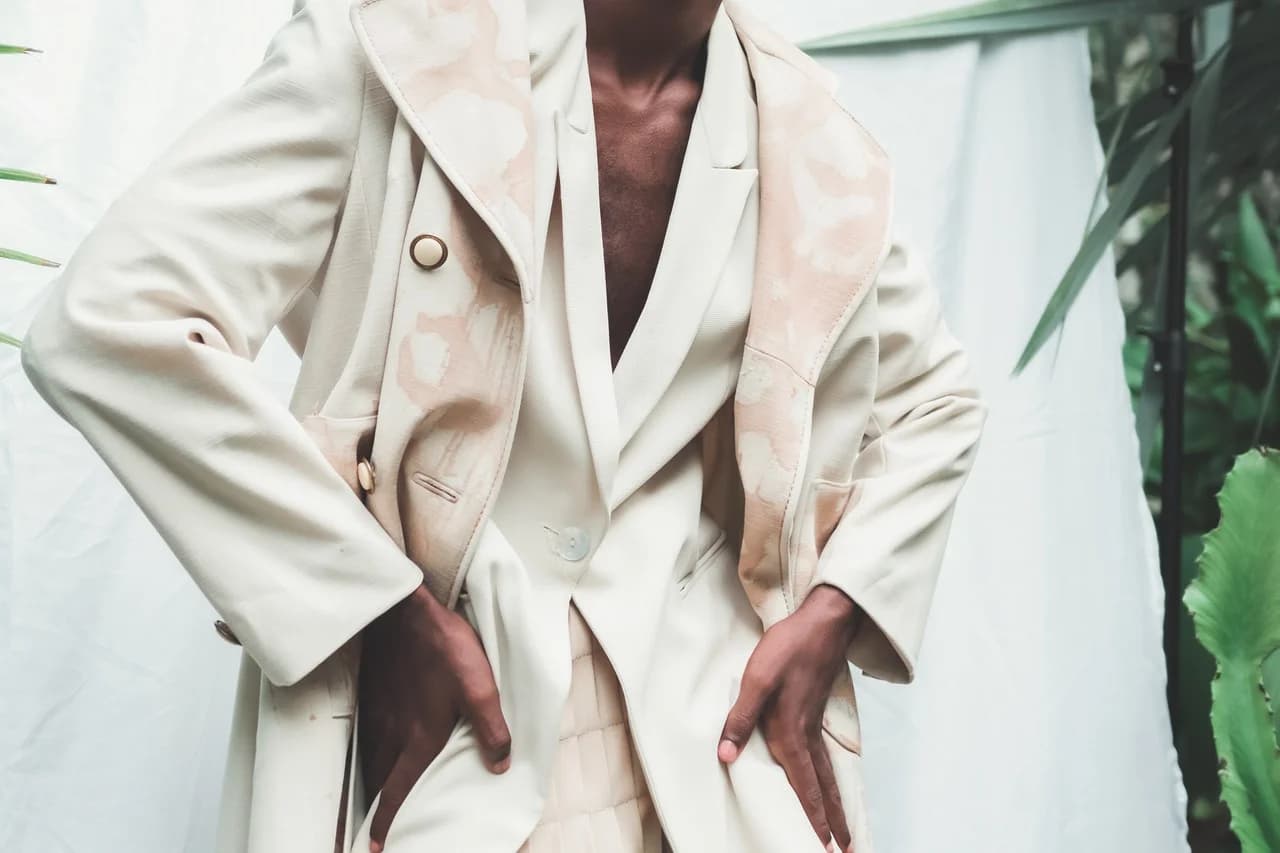Loading...
23 July 2021

Fashion has always been one of the most progressive industries in the world. It has been one of the pioneers of inclusivity across the world. Drag fashion is one of the aspects of the fashion industry that make it more queer-positive. To many nonbinary people out there drag fashion is something that they use to express themselves. It is a tool that makes them feel accepted in a world that has institutionally discriminated against them. With drag culture becoming mainstream, it is one step closer to a secure and safe world for all those who choose to have different sexual identities.
‘We are born naked and the rest is drag’, said RuPaul. He was one of history’s most famous drag artists. He has been instrumental in making drag culture a part of mainstream pop culture. However, what really is drag?
What Is Drag?
Drag originated from the ancient western culture where women were restricted from performing on stage. Thus, men took over the roles of female characters themselves. In the 19th century with the onset of the 1880s, people started looking at this as another performative art of expression.
Drag queens and female impersonators began to use the medium as work and a way to freely be themselves. We had our first drag queen in William Dorsey Swann when he hosted drag balls in the early 20th century. Later, it became to be more and more associated with gay pride. However, over the years drag fashion has become a core part of the entire LGBTQA+ community. As the community found its voice against the imperial discrimination over them through the years.
It is actually interesting to know that something that was a product of age-old patriarchy, is now a weapon against all the discrimination, where the non-binaries have found a home. A valid representation of themselves.
Drag Queens and Drag Kings
Drag is essentially a gender-inclusive art form that lets anyone dress in an extravagant manner, a way of clothing that is always associated with women. While it started out as entertainment, it has now become self-expression to many. This is a means of liberation them, whose feelings have been caged by people of privilege.
This form includes lip-syncing, elaborate dances, extravagant makeup, and clothing. A drag queen is someone who picks up female roles and representations to be delivered through their attire. While most drag queens have often been said to be from the male community, it has now come out that drag queens are also transgender and cisgender women, who wish to express themselves in a larger-than-life manner.
Drag kings are people who choose to dress in exaggerated men’s clothing and makeup. However, this is still a blooming art form that is finding its way and flooring in the pop culture world.
But, how did the 21st century adapt to drag fashion in such a wide manner?
Drag Fashion In The 21st Century
RuPaul took it upon himself to take the drag culture to the mainstream with his show Drag Race in 2010. This show has contestants doing various tasks to emerge as the winner. They lip-sync, dance, do celebrity impressions, create and design dresses, and more. The best one will be crowned as the winner.
The show has also become a platform for drag artists to come out and express their injustices. It acts as a podium through which they can let the world know of the many problems they face in everyday life. RuPaul has been a catalyst in this entire journey, and no wonder that many people who identify themselves as non-binary take inspiration from the legend.
Sasha Velour, Shangela, Alaska, Courtney Act are some of the popular drag artists from the show.
Much More Than Just Fashion
There have been criticisms that drag fashion, specifically works for gay men and their representation. However, over the years this art form has become much more important and inclusive of all people.
Drag fashion is a progressive step towards making mainstream pop culture inclusive of all gender identities. Eventually, creating a better world for everyone to live and love. This has been an art form that has enabled the queer community to express themselves as creatively as possible and get validated in what they do.
It has become more and more inclusive over the years and now stands as something that is identical with the LGTBQIA+ community. They derive power from this against every challenge the world has posed at them. The acceptance of shows and increasing work opportunities for drag artists is just a sign of a brighter light at the end. Hopefully, with this, we will become a better home where everyone feels loved.
The article was originally in the August Edition of the World Model Hunt magazine.